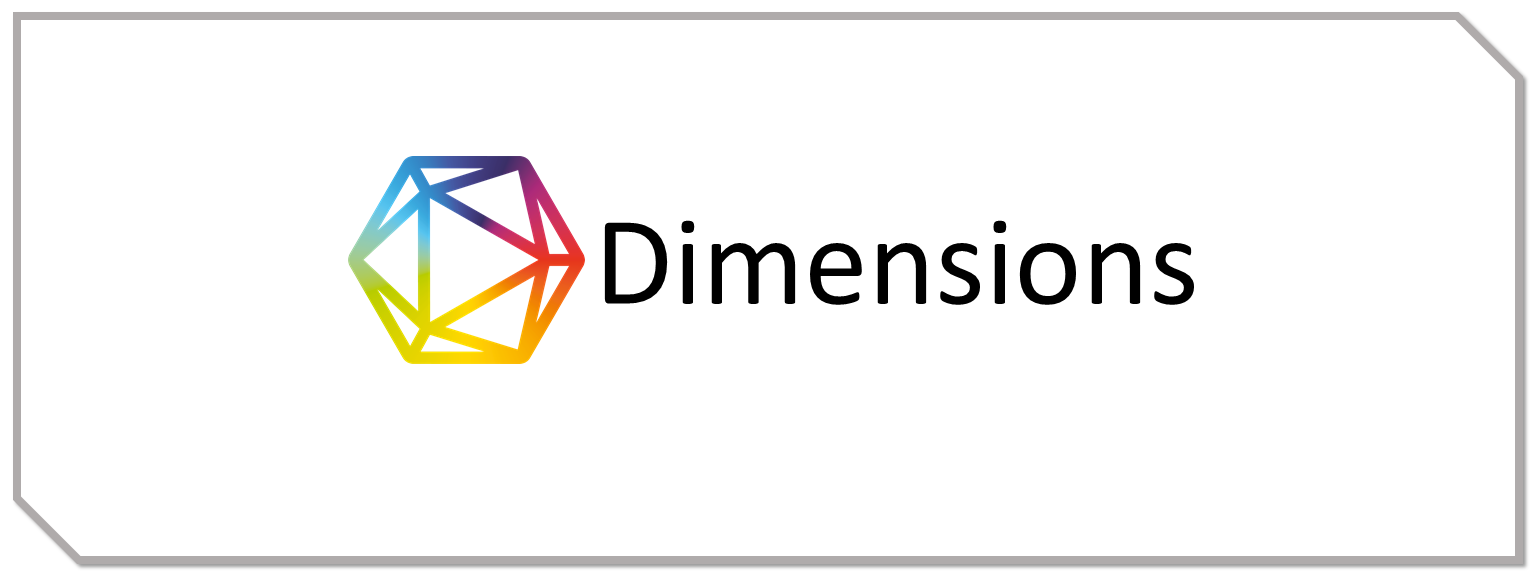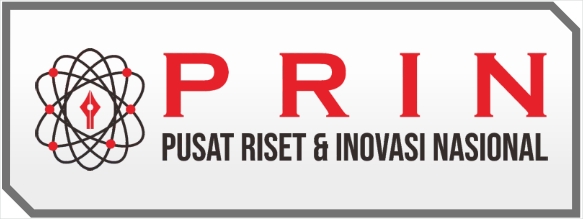Penggunaan Bahasa Gaul Dikalangan Remaja Dalam Menggunakan Twitter
DOI:
https://doi.org/10.55606/jurribah.v2i1.1148Keywords:
Twitter, Slang, Teen, Technology, Social MediaAbstract
In today's digital era, we often hear or see the use of slang words, both among teenagers and adults. We often find slang words on social media users, one of which is Twitter. The rapid development of communication technology in this digital era, so that social media is very easy to access, in general social media such as twitter most of its users are teenagers. In the end, it has a major influence on how to interact in social life both in cyberspace and the real world. Some experts state that the characteristics of the generation in the current era are different from the previous generation, one of the reasons is because the current generation was born and grew up in a modern environment and surrounded by digital technology. This study aims to identify the various forms of slang found in captions and comment columns on social media twitter. The data in this study is in the form of slang words obtained by applying observation methods with screenshot and record techniques. The data sources used were @collegemenfess Twitter social media accounts and @kdrama_menfess. The results in this study are various forms of slang words in the form of (1) mager, (2) bucin, (3) baper, (4) gabut, (5) bm, (6) gaje, (7) gercep, (8) mode. The analysis showed mixed results, but most of the participants stated that they got slang words to interact with in social circles and obtained those slang words from memes and other social media.
References
Agustina, N., Sudradjat, R. T., & Isnaini, H. (2022). ANALISIS SEMIOTIKA PADA PUISI “DALAM DOA: II” KARYA SAPARDI DJOKO DAMONO. Parole: Jurnal Pendidikan Bahasa dan Sastra Indonesia, 4(5).
Aminuddin. (1995). Stilistika: Pengantar Memahami Bahasa dalam Karya Sastra. Semarang: IKIP Semarang Press.
Depdikbud. (2015). KBBI Edisi V. Jakarta: Kementerian Pendidikan dan Kebudayaan.
Daroe Iswatiningsih, Fauzan, Fida Pangesti. (2021). Ekspresi remaja milenial melalui
penggunaan bahasa gaul di media sosial, 3-4
Isnaini, H. (2022c). Suwung dan Metafora Ketuhanan pada Puisi "Dalam Diriku" Karya Sapardi Djoko Damono. Jurnal Telaga Bahasa: Balai Bahasa Gorontalo, Volume 10, Nomor 1, 22-31.
Isnaini, H. (2023). Semesta Sastra (Studi Ilmu Sastra): Pengantar Teori, Sejarah, dan Kritik. Bandung: CV Pustaka Humaniora.
Richards, J., Platt, J. & Weber, H. (1985). Longman Dictionary of Applied
Linguistics. Harlow: Longman
Yenni Febiola Febrianti, Rosmilan Pulungan. (2021). Pengguna Bahas Gaul Terhadap
Eksitensi Bahas Indonesia pada Masyarakat, 4
Beta Puspa Sari. (2015). Dampak Penggunaan Bahsa Gaul di Kalangan Remaja Terhadap
Bahasa Indonesia, 4-5
Sunarti, S., Yusup, M., & Isnaini, H. (2022). NILAI-NILAI NASIONALISME PADA PUISI “DONGENG PAHLAWAN” KARYA WS. RENDRA. Parole: Jurnal Pendidikan Bahasa dan Sastra Indonesia, 5(4), 253-260.
Supriyanto, T. (2011). Kajian Stilistika dalam Prosa. Yogyakarta: Elmatera.
Suryawin, P. C., Wijaya, M., & Isnaini, H. (2022). Tindak Tutur (Speech Act) dan Implikatur dalam Penggunaan Bahasa. Sinar Dunia: Jurnal Riset Sosial Humaniiora dan Ilmu Pendidikan, Volume 1, Nomor 3, 29-36.

















